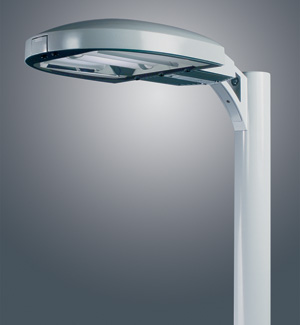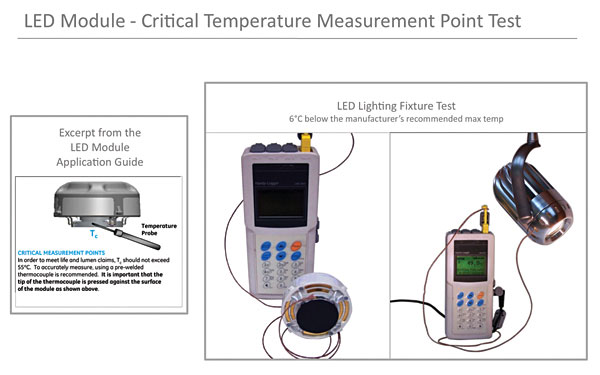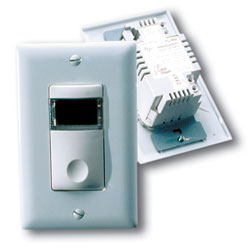The Future Looks Bright: Energy-Efficient Lighting Technologies
LED Pluses and Minuses
 |
Induction lighting sources, like this pole-mounted fixture, are instant-on sources, and many are rated at up to 100,000 hours of life. Photo: Kim Lighting |
Of course, the primary draw of LED and induction systems are the jaw-dropping efficiency numbers, and these added features are improving their adoption in new building and retrofit projects. Yet, even though LED is considered to be one of the biggest technologies revolutionizing the lighting design industry, the kinks are still being worked out as a number of sticky, technical issues remain. For example, while it's true that solid-state lighting (SSL) light output is "cool," its electrical mechanism is hardly so.
"LEDs generate quite a bit of heat at the point where the electric current is changed into light. The beam of light has very little heat, but there is heat generated at the LED chip, and this heat must be dealt with," cautions Avraham Mor, IALD, LEED AP, IESNA, Lightswitch Architectural, Chicago.
The effects of overheating are likely to be detrimental to the light output and operational life of the LED product, so careful research regarding the LED's thermal management capabilities is essential. "If the LED chip is not properly cooled, you do not get the published lamp life of the chip," says Clayton Alexander, founder and CEO of Journée Lighting, an LED fixture manufacturer. "The cooler that you keep the LED chip, via heat-sinking methods, the more lumens per watt you will get out of the LED. As an extreme example, if you put an operating LED in a refrigerator, the lumen output goes up. So thermal management is a very important part of the equation in LED luminaire design."
 |
Heat-sinking is critical to LED fixture and luminaire design. If this fixture had a much smaller heat sink, the critical measurement point would read above 55°C, meaning that the lamp life and lumen output claims for the LED would not be met. Photo: Journée Lighting |
 |
Lighting controls, including networked occupancy sensors, are being employed to directly control lighting energy use. Photo: WattStopper |
Alexander recommends that lighting specifiers look out for under-heatsinking, the effect of fixture designs without enough heat-dissipating surface area to properly cool the LED sources. "First, look at the fixture: Does the heat sink look a little small for the wattage?" As a point of reference, some new fixtures have 80 square inches of surface area within the heat sink to cool a 9-watt LED engine. Performance documentation is the second line of defense, recommends Kevin Willmorth, a Wisconsin-based lighting consultant with Lumenique. "It is good practice to ask the manufacturer for independent test data showing the operating temperature of the LEDs when used as intended," he explains. "If the manufacturer cannot provide qualified data on the operating temperatures of the LEDs used and the electronic package behind them, it is better to pass than take a chance."
The key statistic for heat sinking is the junction temperature of the LED chip, says Alexander. "Ask the fixture manufacturer pointblank for the stabilized junction temperature of the chip with the fixture in a 25 °C ambient environment. Then you can compare that with the data sheet from the LED chip manufacturer," he says.









